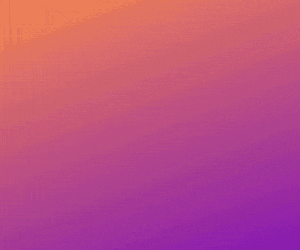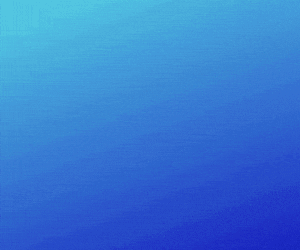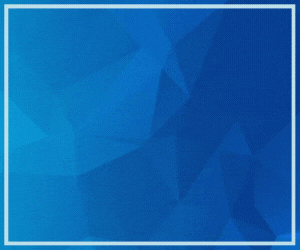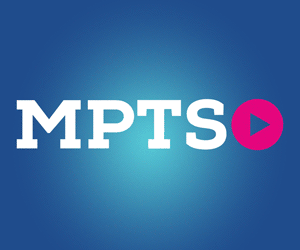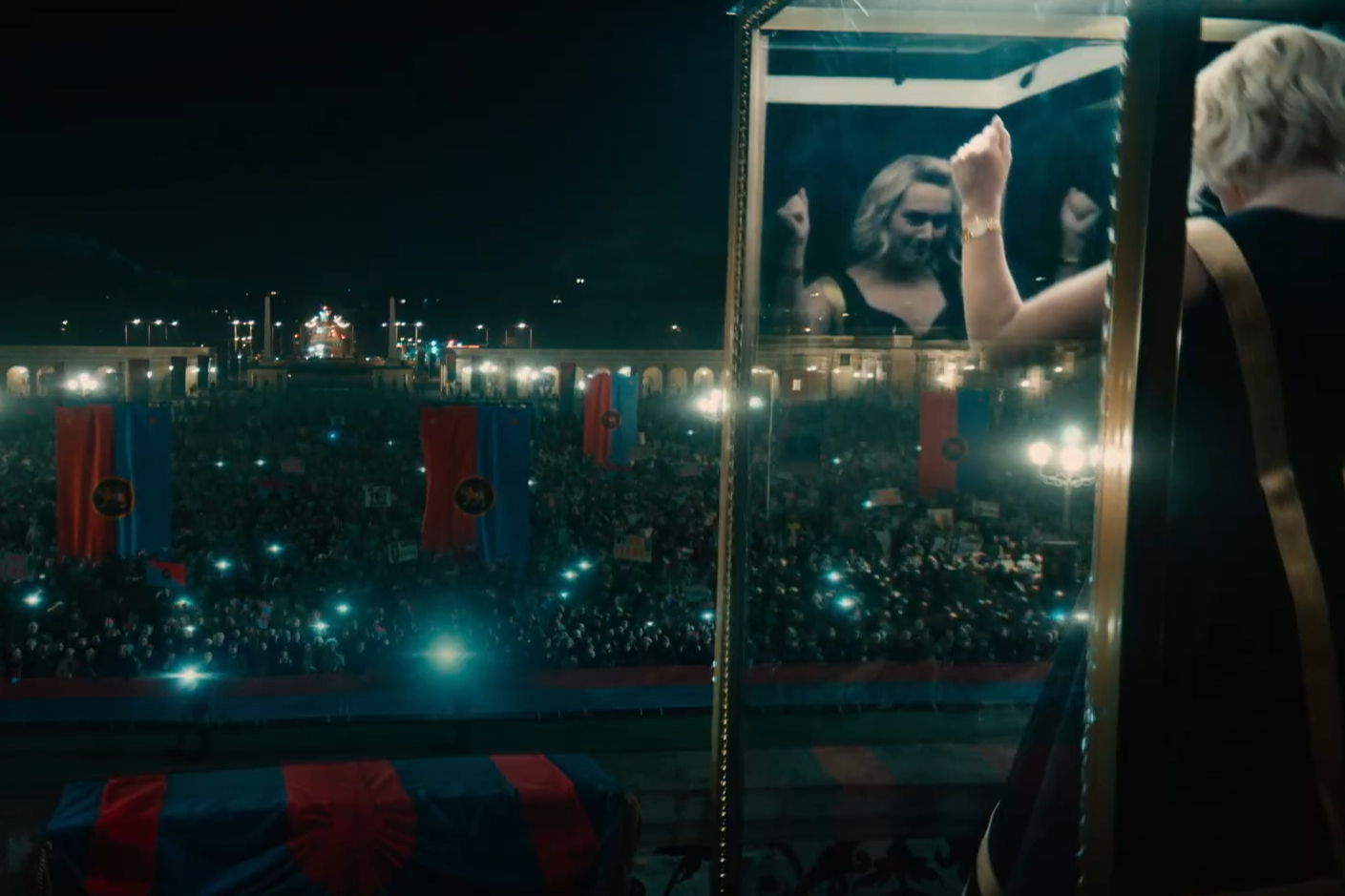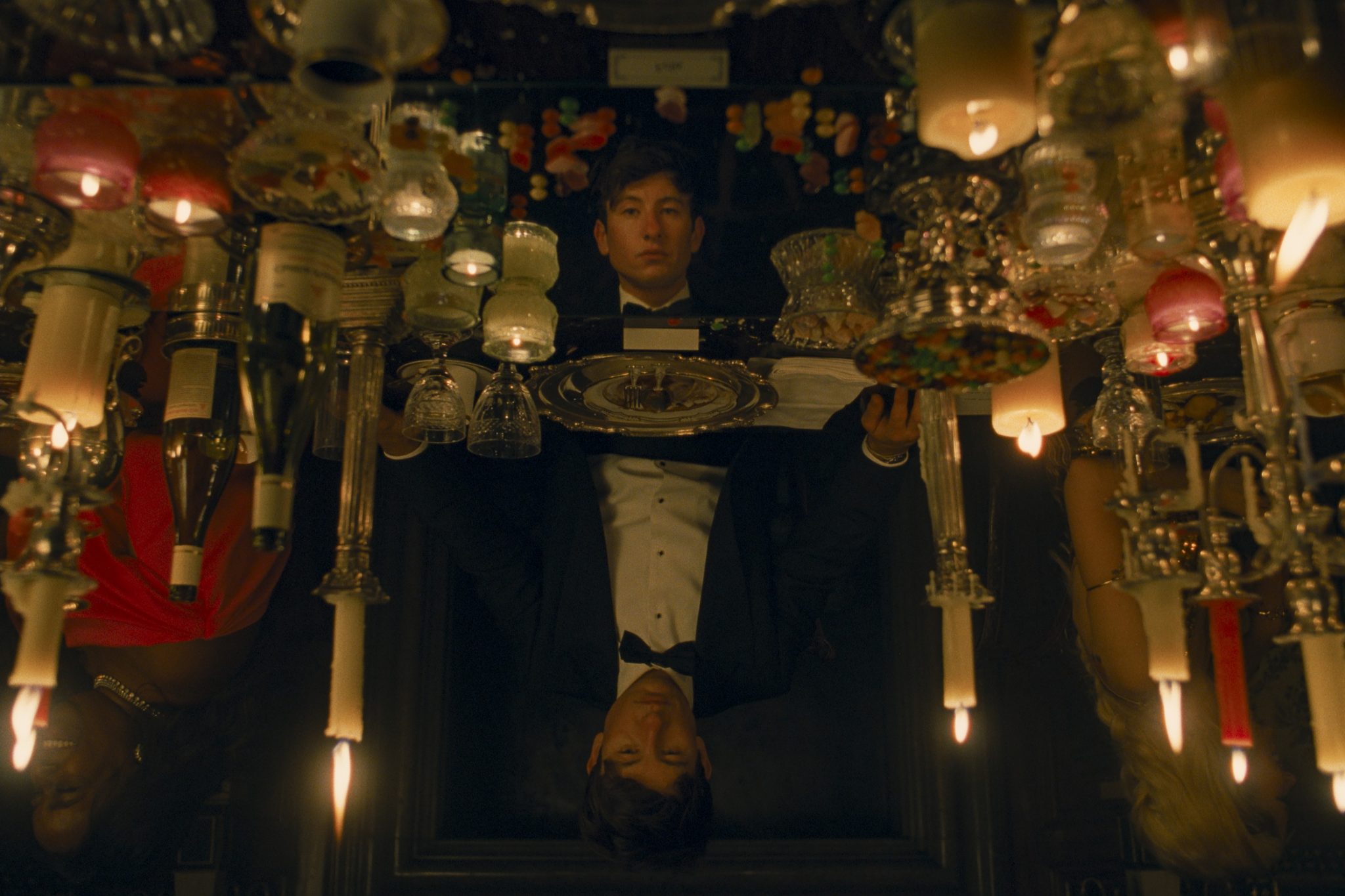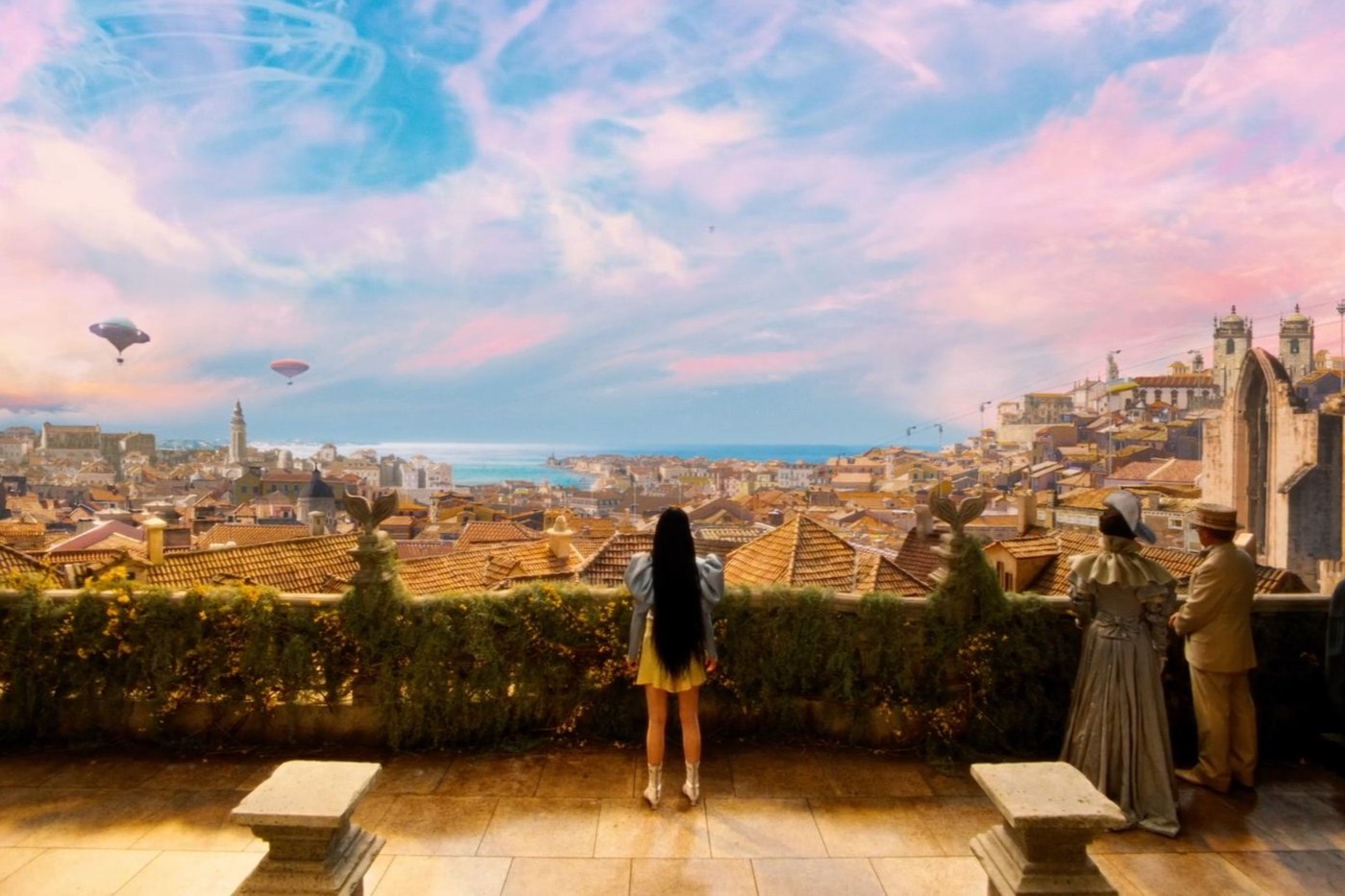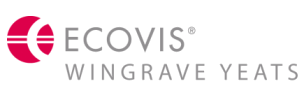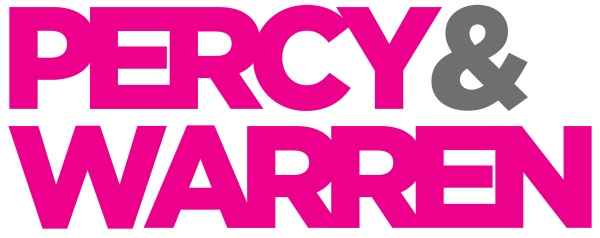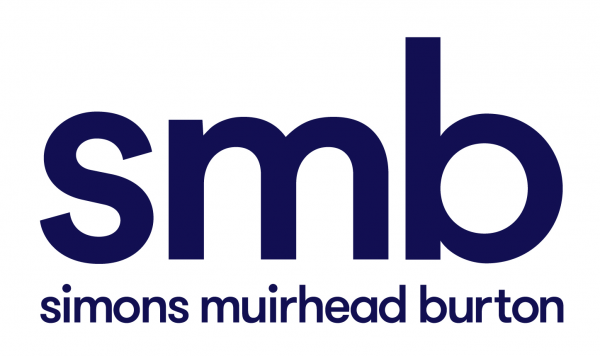London-based visual effects house Union VFX worked closely in creative collaboration with Director Marjane Satrapi on the film, providing artistic visualisations, period environments, and dramatic sequences using some SFX.
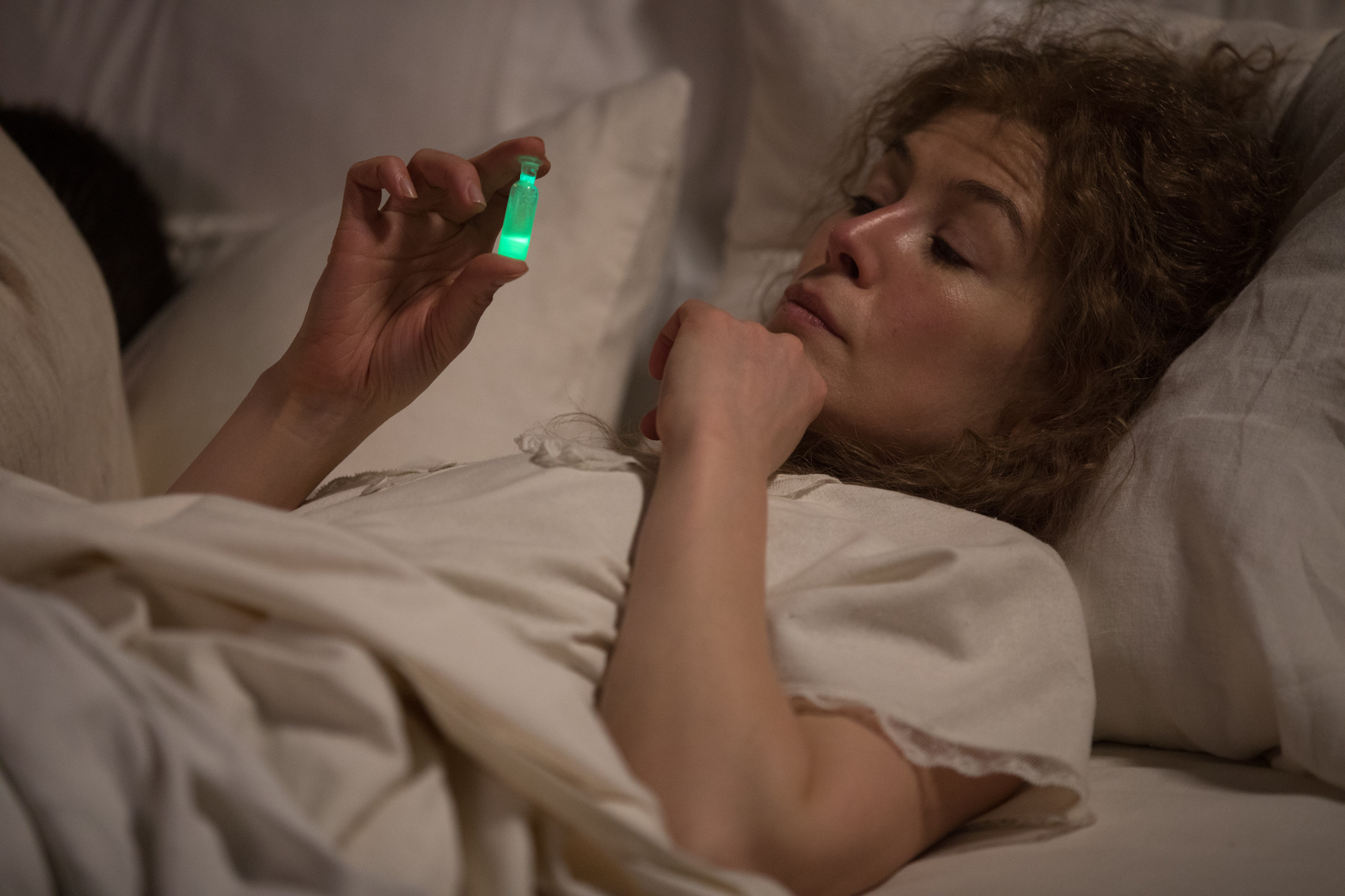
Directed by BAFTA and Academy Award® nominee Marjane Satrapi, Radioactive is a celebration of the pioneering work of Marie Curie (played by Rosamund Pike), based on the graphic novel ‘Radioactive: Marie & Pierre Curie: A Tale of Love and Fallout’ by Lauren Redniss.
View Union VFX’s breakdown reel of their work on Radioactive below:
From the outset, a creative collaboration between VFX Supervisor Simon Hughes and Director Marjane Satrapi was critical in building a creative language that could be used throughout the film, aided by the extensive animatics and storyboards the director provided for reference to help guide the team through her common creative vision on the more conceptual design elements.
Union’s work was often used to illustrate science to the audience either by way of explanation, or in a more abstract sense to marry the main character’s thoughts and dreams to their research. The team conducted extensive research into fusion, cell structures and how radium behaves in a cloud chamber to inspire creative interpretations based on reality. This can be seen in Union’s effects achieved in depicting the splitting of the atom in the test to discover radium, introducing a photographic quality to the look.
The scene involving Marie meeting her future husband Pierre (played by Sam Riley) also feature the creative visuals made by the Union team. In it, a visualisation shows their shadows together, ascending twisting towards a twinkling night sky which morphs into a fantastical idea of ‘creation’ using a scientifically accurate vision of how atoms move around polonium. To achieve this, the actors were 3D scanned wearing nude suits standing entwined together, to provide Union with an asset which they could place in a replica 3D room and cast a light source onto to generate the shadows which were then animated, set against a starry polonium sky created in Houdini.
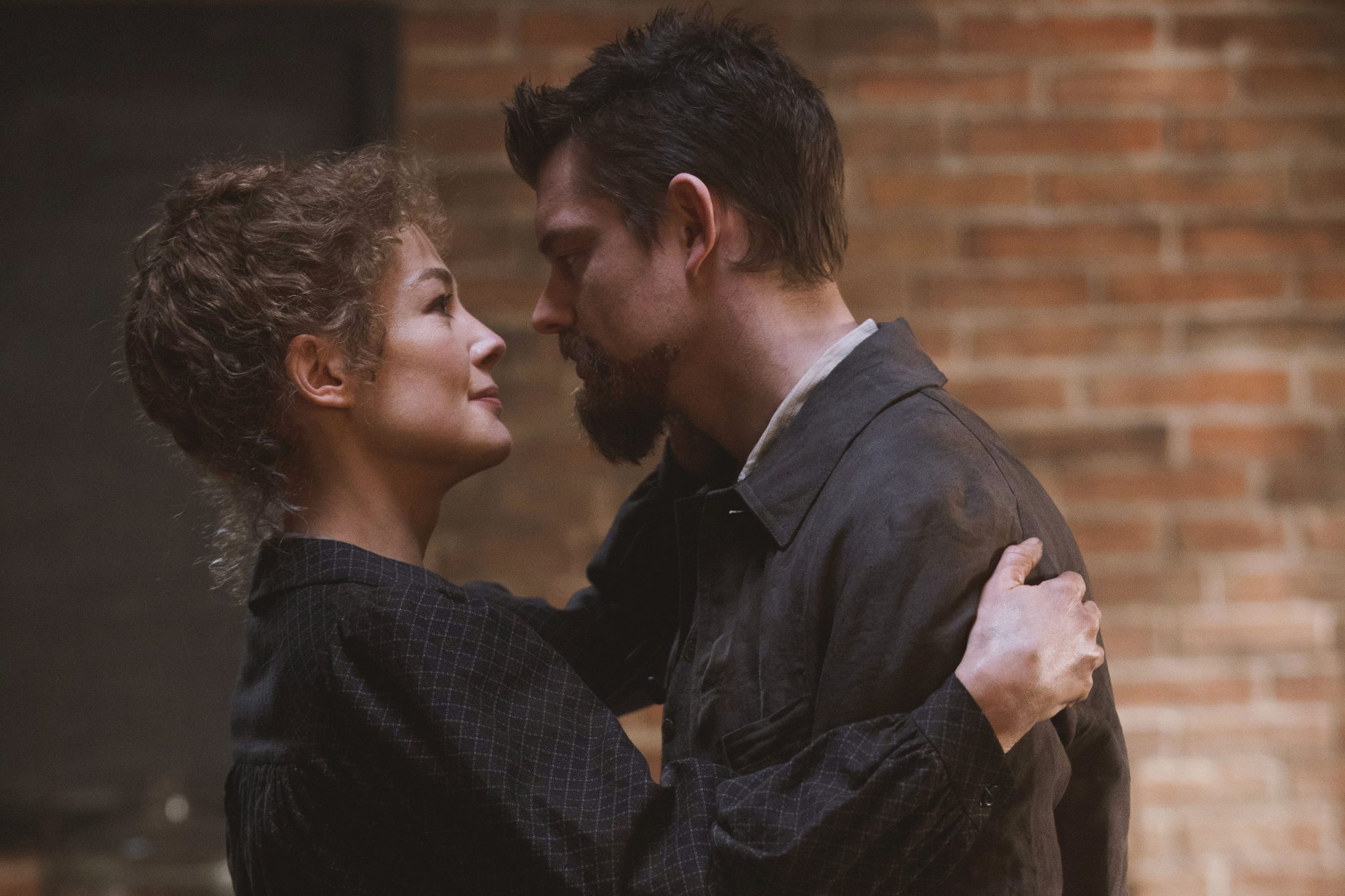
In an another sequence, following her husband’s death Marie’s dreams are shown as heavily influenced by the impact of their work, as she lies in bed surrounded by Radium. To illustrate her turmoil, she then appears at the centre of a Radium dance which mimics scientific phenomena enveloping in-between art and science. The dance choreography was inspired by Loie Fuller, a pioneer of dance whose performances combined modern dance, costume and theatrical lighting techniques. This complex sequence was achieved using multiple of cuts (60 VFX shots in total), and a blue/green silk costume with LED strips sewn into the lining from the inside. When retimed in Kronos, the in-costume light artefacts looked like electrical charges producing a kind of temporal effect that Union embraced as part of an overall treatment to create an ethereal effect. Marie and the dancers were then placed into a fully CG Samaritaine environment complete with cobblestone street in order to relight with FX to give it a three-dimensional feel.
In the scene featuring Marie’s husband Pierre’s dramatic end, being trampled by a horse-drawn carriage, Union created a fully CG Rue du Pont Neuf bridge complete with cars and pedestrians, replacing the stunt actor using a mix of digital doubles and the footage the team had shot of Sam Riley. Union also removed the support stunt artists and added a painting-esque effect to provide the stylised look Director Satrapi sought after. The shoot took place at 3am in -10 degrees, filmed at slow speed. With each pass the team logged the camera position and had the actor walk in at the end to film plates which Union could then use to replace the stuntman. Union also lidar scanned the actor in costume so that they could place him right in the heart of the fatal action, using head replacement techniques and animated facial expressions based on the plates.
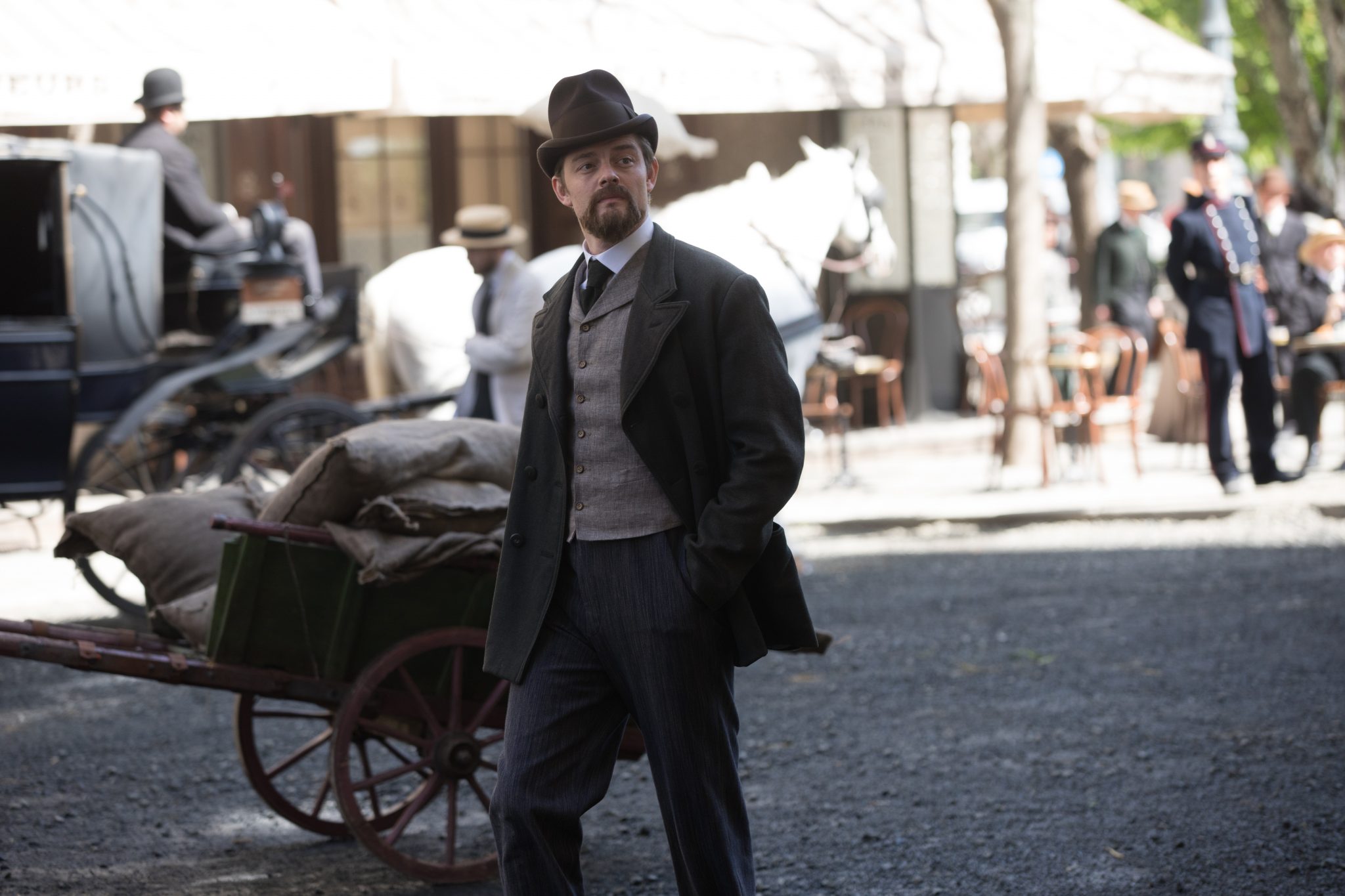
Union also produced horror-like visuals; the form of Marie seeing her husband’s coffin with blood spilling out of the sides onto cobblestones, achieving this by using fully CG blood combined with elements of fluid dissipating shot on a phantom at high frame rate, as well as visuals when Marie sees a ward full of her dead husband in one of her visions. To achieve this Union used split screen techniques replacing extras (chosen with similar body shapes and beards) with multiple digital Sam Rileys built from a 3D scan of Riley aided by a lighting reference.
The biggest environment challenge Union faced was creating a fully CG version of Paris in the snow complete with La Samaritaine. The team used rooftop photography from a previous Union shoot and elements from a location shoot in Budapest to support, alongside slight touches such as matching the blown bulbs on the sign to the period, and adding a small animated cat on a rooftop.
The Union team’s World War I battlefield environment was based on a shoot in a cold, muddy field outside of Budapest. The team used Blackmagic to create a library of elements, including replicating the petit Curie from a single implement, using multiple CG versions to allow the creation of a fleet heading into battle. Transforming their snowy, foggy plate required a large matte painting and the addition of splashes as wheels passed through puddles, and nearby smoke and fire. A lot of matte painting was done in comp – even on challenging dense smoke shots with Marie’s hair.
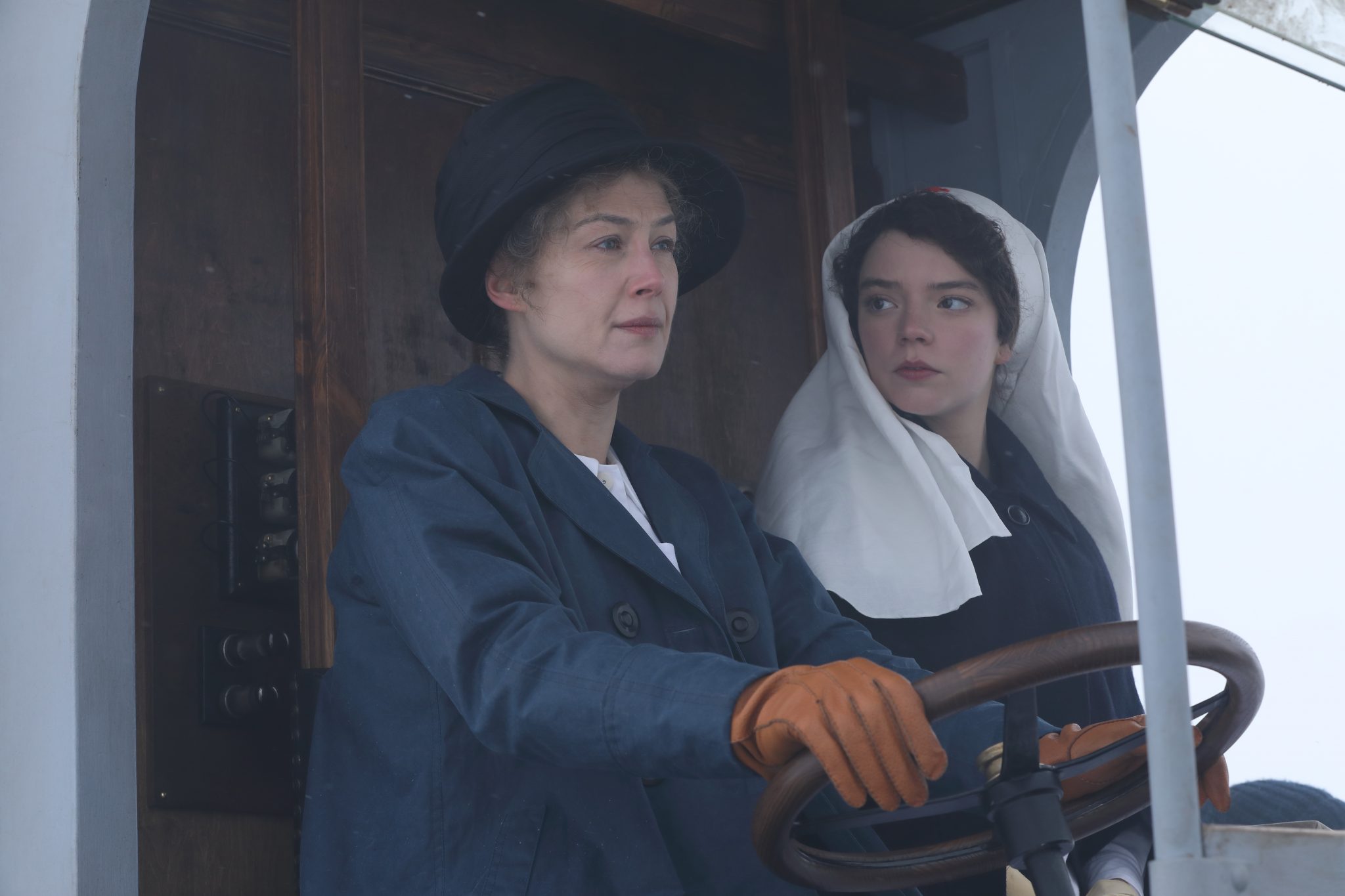
Union also recreated one of the most devastating impacts to stem from Marie Curie’s scientific discoveries – the Chernobyl disaster. First hand accounts describe a very peculiar type of fire, so director Marjane opted for a very stylised, hyper real, painterly aesthetic with a varied colour palette for the shots inside and outside of the plant. The team did an elements shoot where different types of gasses were filmed on fire at the top of a hill against the sky at different frame rates, and then were mixed with a 2.5D DMP, some CG building structure, and rubble components to create the stylised look visualised by Marjane and Cinematographer Anthony Dod Mantle. Inside the central chamber, Union added a waterfall and steam coming off the ground using FX and elements that included pouring salt at slow frame rates. The whole room was engulfed in a kind of cloud of particles and strands which was inspired by the team’s research into radium’s behaviour in a cloud chamber. Union also used old photographic references from within other reactors to mimic the distortions.
“This was a unique opportunity to collaborate with a very creative director with a strong vision. Marjane gave us a lot of creative freedom to come up with a visual language based on science to help marry Marie’s story to the impact of her work. It provided the opportunity for us to drive the creative and style. It was great to get stuck into lots of scientific research and flex our design, CG and FX muscles to show what we’re capable of.”
Simon Hughes, VFX Supervisor
Nuclear weapons are also a consequence of the Curie’s science which the film shows in scenes of testing in Doomtown, Nevada – a test site established in 1951. Doomtown is a replica US suburban town complete with mannequins dressed by JC Penny, but the Union-constructed Doomtown was shot in Almeria, Spain where the team extended the set and added mountain ranges using a mix of CG and 2.5D DMPs. The team experienced a huge dust storm complete with oppressive, orange skies, and decided to embrace these and replace earlier shots of clear skies. Union filmed the invited audience who watched the test explosions wearing only ski-goggles as protection in the Budapest studio, and placed them into the Almeria environment. To show the impact on the mock town, Union built two identically proportioned rooms, one complete with mannequins and home furnishings and one painted black and empty. The inhabited room was rigged with wires and SFX did as much damage as they could. In the black set, Union worked with the SFX team to match the camera angles and shoot more flammable elements before marrying it all together with the addition of a dust storm created in Houdini that blows through the window.
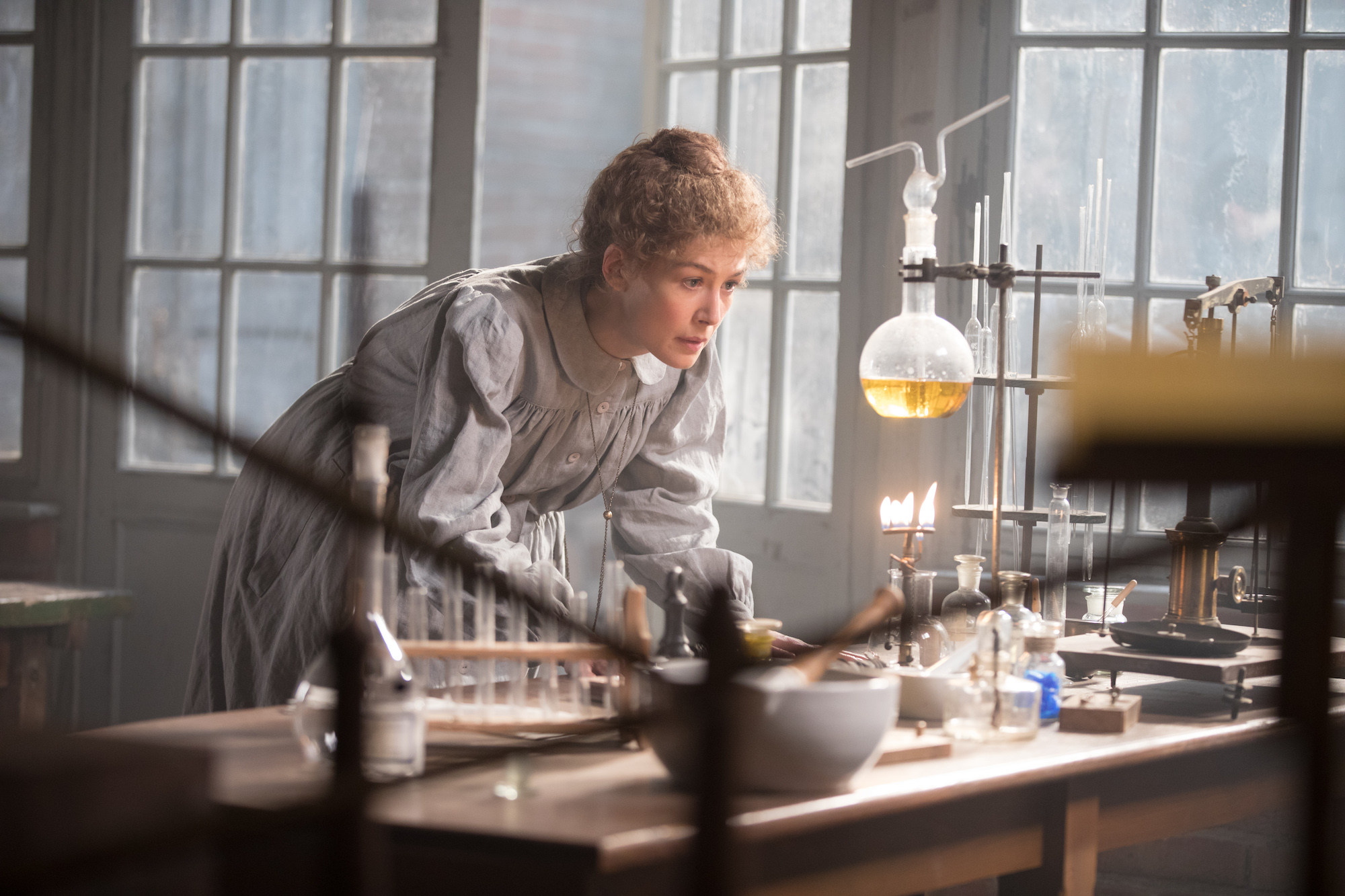
Union’s biggest challenge on this job was recreating the Hiroshima bomb drop which involved building a fully CG Enola Gay aeroplane which then drops it’s ‘Little Boy’ payload. The view of Hiroshima is based on drone footage of Thailand manipulated into a matte painted environment complete with Hiroshima’s geographically correct river network. Union had to take cameras higher than drone flying height, but were able to tile it together. The impact and ensuing mushroom cloud was Union’s biggest FX shot to date at the time. The team did an element shoot of Dettol being piped through a hole in black card in 2 large fish tanks which Union filmed from two different camera positions at normal and high speed to provide some effective elements, but the shot was largely FX driven.

